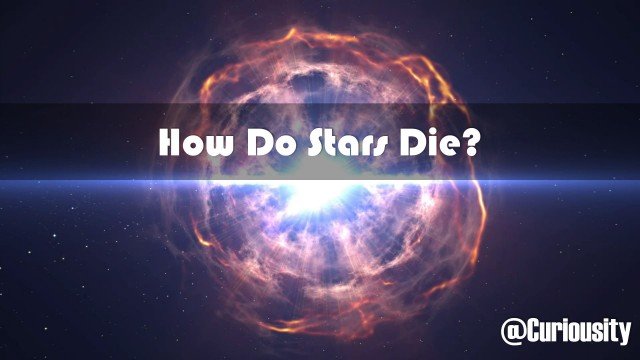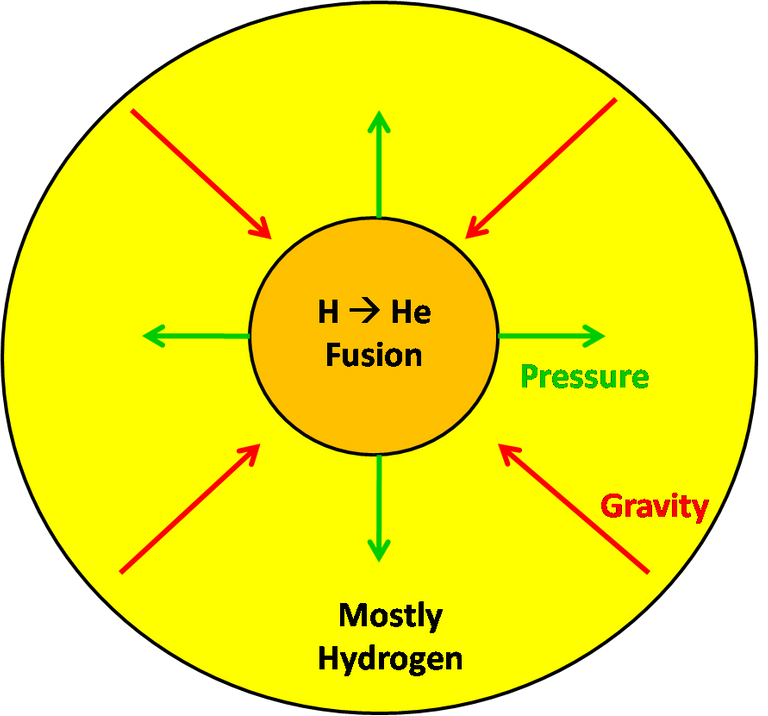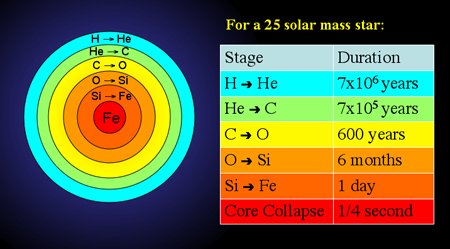
Hey there! welcome to the new episode of Curiosity! A series in which we will answer some of the questions that makes us all curious.
Whenever we look at the night sky, we see thousands of stars and it feels like those stars have been right there for ever. Every night we can observe them. We can observe the different constellations they make and we know that it's gonna be right there tomorrow night too. Today we have different pictures taken by Hubble telescope over years showing the different details of a dying star. Those pictures are fascinating and terrifying at the same time. I said terrifying because those pictures might be our own sun's fate. Many of the stars that we can observe are mostly similar to our sun. Everything in this universe has a limited amount of time. Even our Sun. But don't just panic yet, it's gonna take very long time. The real question here is how will they die? What are the ways that a stars can die and how will our sun die? To understand how a star dies , we first have to look at how are they born? So, Lets Get Started.
How are Stars Born?
The vast and massive clouds of Hydrogen is what contributes to the formation of a Star. These clouds can be unimaginably large covering a distance of hundreds of light years. Also not only hydrogen, these massive clouds also contains some other heavier elements leftover from the already dead stars.
All of these elements are held together in place by gravity and outward force of the molecules. They sort of balance each other. Eventually, after some time gravity overcomes the outward pressure of the molecules. The cloud begins collapsing under it's own gravity. There might be different reasons for this unbalancing. Some of those reasons are a supernova explosions occurring very near them or collision with a another gas cloud or even a pressure form a galaxy that might be passing nearby.

Fig: Formation of Star (Credits)
The gas clouds stars collapsing under it's own gravity. As it starts shrinking, it get smaller and smaller. This makes it to break into different clumps. This Clumps starts heating up. This process makes them so dense and hot that it begins the process of nuclear fusion increasing its temperature further more. The temperature then reach up to 10 Million degree Celsius giving rise to a new star. It's called a Protostar.
The Burning Part
So, a new Protostar is born. It need to survive. To survive the newly formed star has to balance the outward force generated by heat and the force of gravity.

Fig : Balancing of Different Forces (Credits)
We know, the nuclear fusion collides the atoms in the star which helps in generating more heat and light. By light I mean Electromagnetic radiation including visible light. These process is most important for a star to live long. The heat generated from nuclear fusion generated tremendous pressure. This pressure pushes the atoms in the stars apart from each other. At the same time gravity plays its role. It tries to pull them together. Eventually, this makes an Equilibrium. This means the inward force and outward pressure are balanced. This makes the star highly stable and the star burns until its fuel runs out. This leads us to :
The Cooling Part
As the nuclear fusion goes on , the star converts hydrogen to helium and also some other heavier elements over time. When the Element heavier than Hydrogen starts forming, the star need more heat for a nuclear fusion to occur. How fast they consume their hydrogen depends on their mass. Massive stars consume their fuels faster because they need more energy to overcome the inward gravitational force. But, smaller stars like our sun need less energy and can stay alive for a very very long time.

Fig: Formation of Heavier elements over time (Credits)
As the stars runs out of fuel less heat is generated. OR when the heavier element like IRON stars forming. It's all over for a star. This leads to the disbalancing between the gravitational force and outward pressure generated by heat. Since there is now less heat, the gravitational force wins and the star starts contracting.
This leads to the cooling of the star.
The death of the star
According to Scientists, smaller stars like our sun and the stars that are up to 1.4 times our sun might not be able to fight against its own gravity and will be changed to the white dwarf.
The stars that are 3 times massive than our sun has gravitational pull so high that, they squeeze the electrons and protons together forming neutrons. This creates a neutron star.
But this is the limit. After this size the stars are very very massive. So massive that their mass cannot fight the gravitational pull by the Pauli Exclusion principle. This leads to a supernova Explosion. Which throws away the excess mass to the outer space. This might decrease the mass of the dying star and might convert in to a white dwarf or a neutron star.
Even if, the mass is very high and then the star continues to collapse. With high mass , the gravitational pull is so high that it's finally collapses to a point forming a black hole. And a star is finally and completely dead.

Fig: Summary of Lifecycle of a Star (Credits)
Well, thats it for this Episode. Hope you Enjoyed it , if you did Upvote and comment your thoughts below. Thank you!!
Stay Curious.
References Used:
Last Five Episode:
Curiosity | How do Eels Generate Electricity?
Curiosity | Is it Possible to drink water from Cactus?
Curiosity | What's Laughing Gas? Does it really make you laugh?
Curiosity | Can you survive a Desert by drinking your own urine?
Curiosity | Do Fish ever Get Thirsty?
Wow great work. Learned alot from your post.